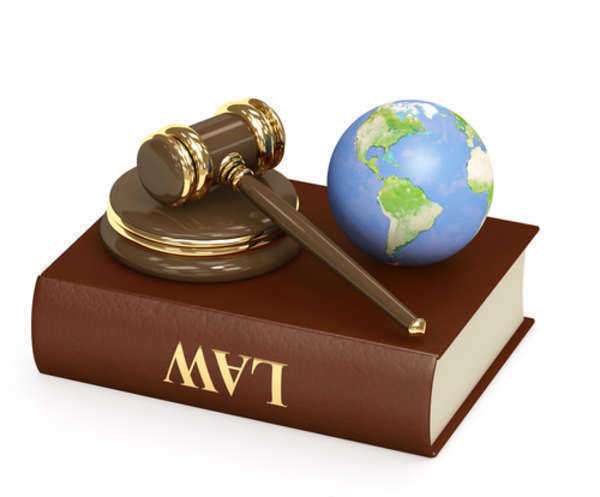
Voir dire is a common law phrase which refers to “telling the truth”. The origin of voir dire refers to an oath, which is the declarative statement of truth in a court room. The inclusion of the oath guarantees, in essence, the delivery of truthful statements to a dispute or legal matter.
As a result of the subject matter and the severity of the typical legal situation, the oath is the fundamental stepping point to guarantee truthful statements in the court room. It is an essential act; without truthful statements or without the pressure to deliver truthful statements, witnesses, individuals involved in the charges, or whomever would deliver misinformation to alter the verdict.
Voir dire, to discuss its etymology, is a combination word that comes from the Anglo-Norman language. The word voir is derived from the Latin word verum, which means “that which is true”. When applied to law, voir dire simply means “what is objectively true, subjectively honest, and objectively accurate”.
These phrases are crucial for the delivery of a fair trial; the jury, who presides over the case and delivers the verdict must review all the pertinent information of the case to deliver ran accurate ruling. To accomplish a proper evaluation of the case, the evidence presented, and all the statements of the involved parties, the delivery of accurate statements and truthful sentiments must be fortified.
In the United States, voir dire generally refers to the process by which jurors are screened or questioned about their backgrounds. Before a juror is accepted, he or she must be questioned to reveal any potential biases–this process is also applied to expert witnesses. If a bias is present or something in their history reveals a prejudice the prospect will be challenged and denied of a post in the courtroom.


















